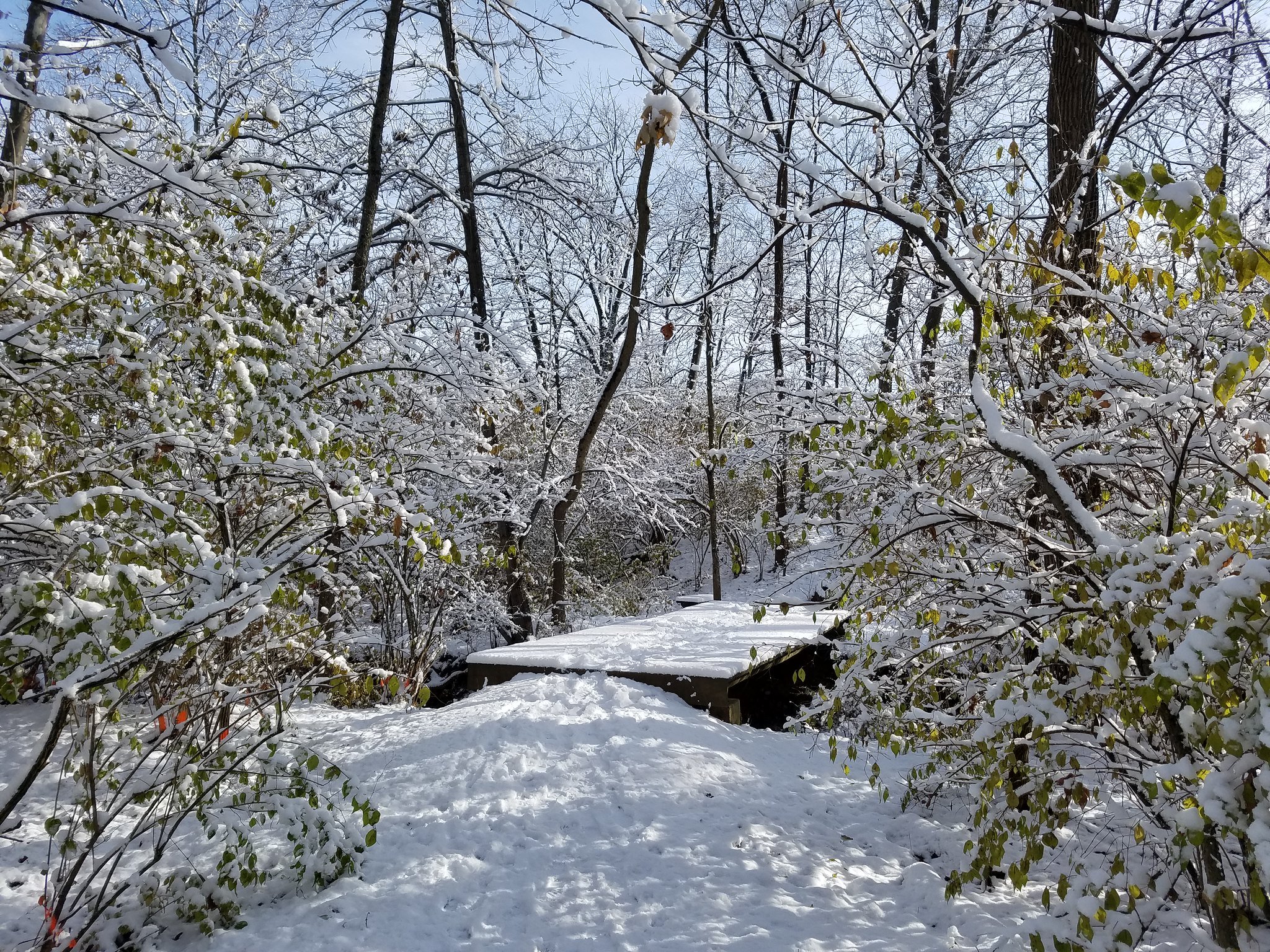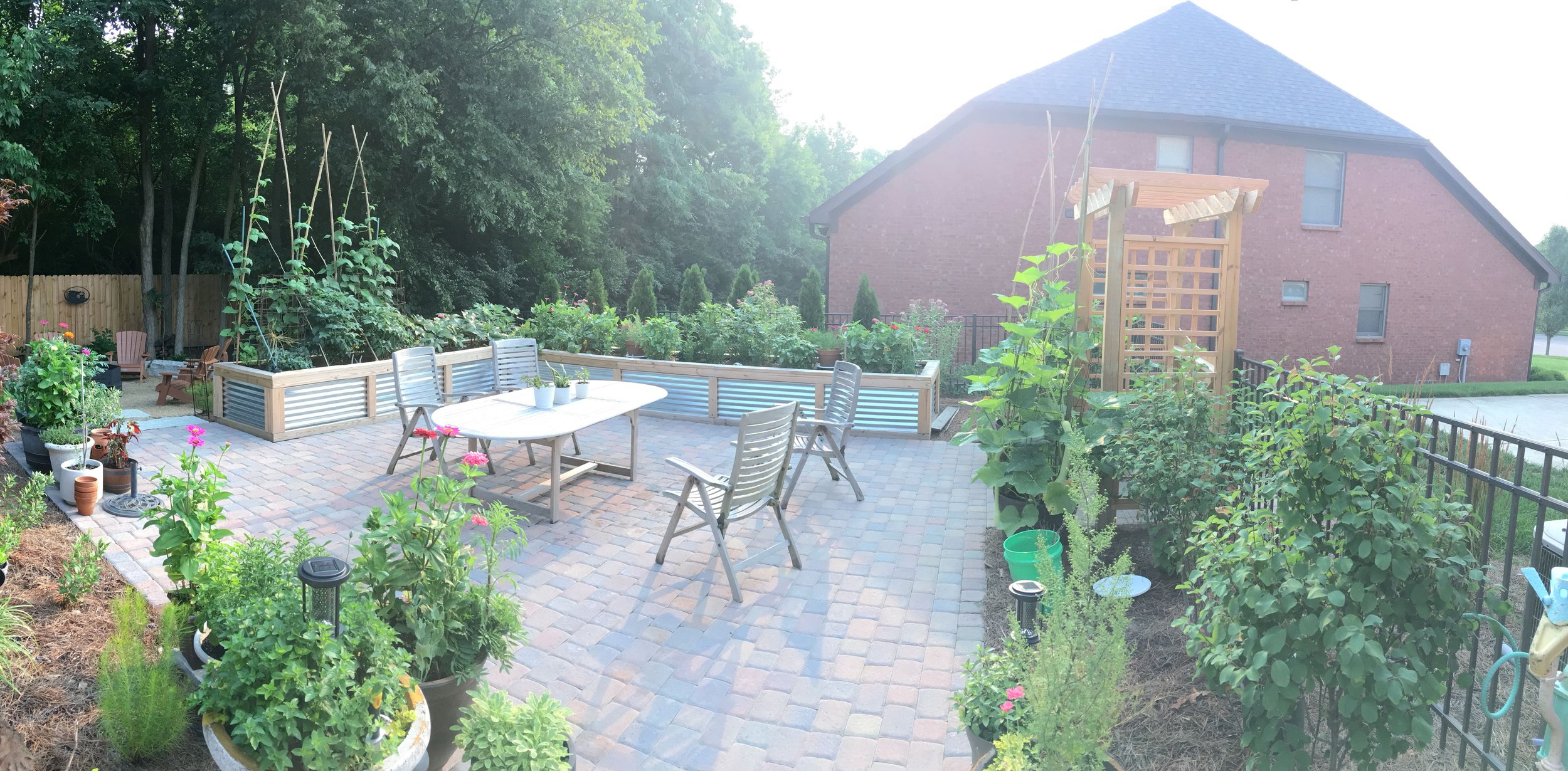When the weather outside is frightful, most of us retreat indoors for a few months. But withdrawing from our landscapes can leave them looking a bit neglected, and then we find ourselves playing catch-up come spring.
Spruce up your gardens—and get a jump start on turning your outdoor space into a warm-weather oasis—with the following strategies for enhancing your winter landscape.
Do some pruning.
Timing is everything when it comes to pruning, and not all plants will benefit from a winter cut-back. That said, you can safely remove dead or dying branches without worries about hampering spring growth. Cutting off dead and dying material boosts plant health, because it allows the plant to direct all its energy to new growth.
Photo credit: Dan Keck
Remove invasives.
Winter is a great time to remove persistent invasives like bush honeysuckle. Honeysuckle is dormant in winter, so it won’t start regrowing immediately upon cut-back. This weakens the plant and slows its spread. We offer several honeysuckle removal options to help you tackle this aggressive invasive plant. Once honeysuckle is gone, you’ll enjoy tidier sightlines, more usable space, and room to add ecologically beneficial native plants.
On warmer days, winter is also a good time to remove weeds. Pulling weeds now will reduce the amount of weeds you contend with in the warmer growing seasons.
Photo credit: U.S. Fish and Wildlife Service
Offer wildlife some extra support.
Birds sometimes struggle to find food sources in the winter, and wildlife of all stripes are often in search of unfrozen water. Help them out by erecting a bird feeder (and keeping it clean and full) and maintaining fresh water sources in shallow containers. Check these water sources regularly to ensure they haven’t frozen over.
Note that native berries, such as winterberry and chokeberry, also provide excellent food sources for wintering birds. Consider adding these plants to your spring planting list to support more wildlife in years to come.
Invest in hardscaping.
As long as the ground isn’t frozen, winter is a fine time to install hardscaping such as arbors, backyard fire pits, benches, decks, gazebos, patios, pergolas, retaining walls, trellises, and so on. Hardscaping provides strong focal points in a landscape and invites people to spend time outdoors when temperatures rise.
A hardscaping and native plant installation by Our Land Organics
Plan for spring landscape design/install.
Many landscapers, including Our Land Organics, start booking their spring design/install calendars in the winter. Now is a good time to reach out and start making a plan for native landscape design and installation.
A professional landscape designer can identify solutions for problem areas in your yard, recommend the best ways to integrate hardscaping into your landscape, and create a multi-season native plant palette so you enjoy more visual interest and support more wildlife in your gardens next winter—and all year long.
Header image credit: Jay Cross




